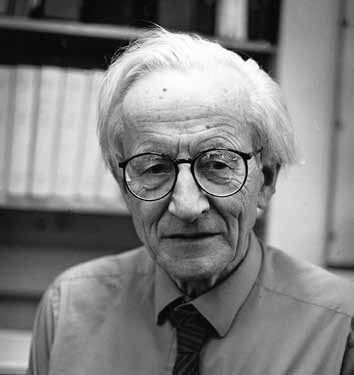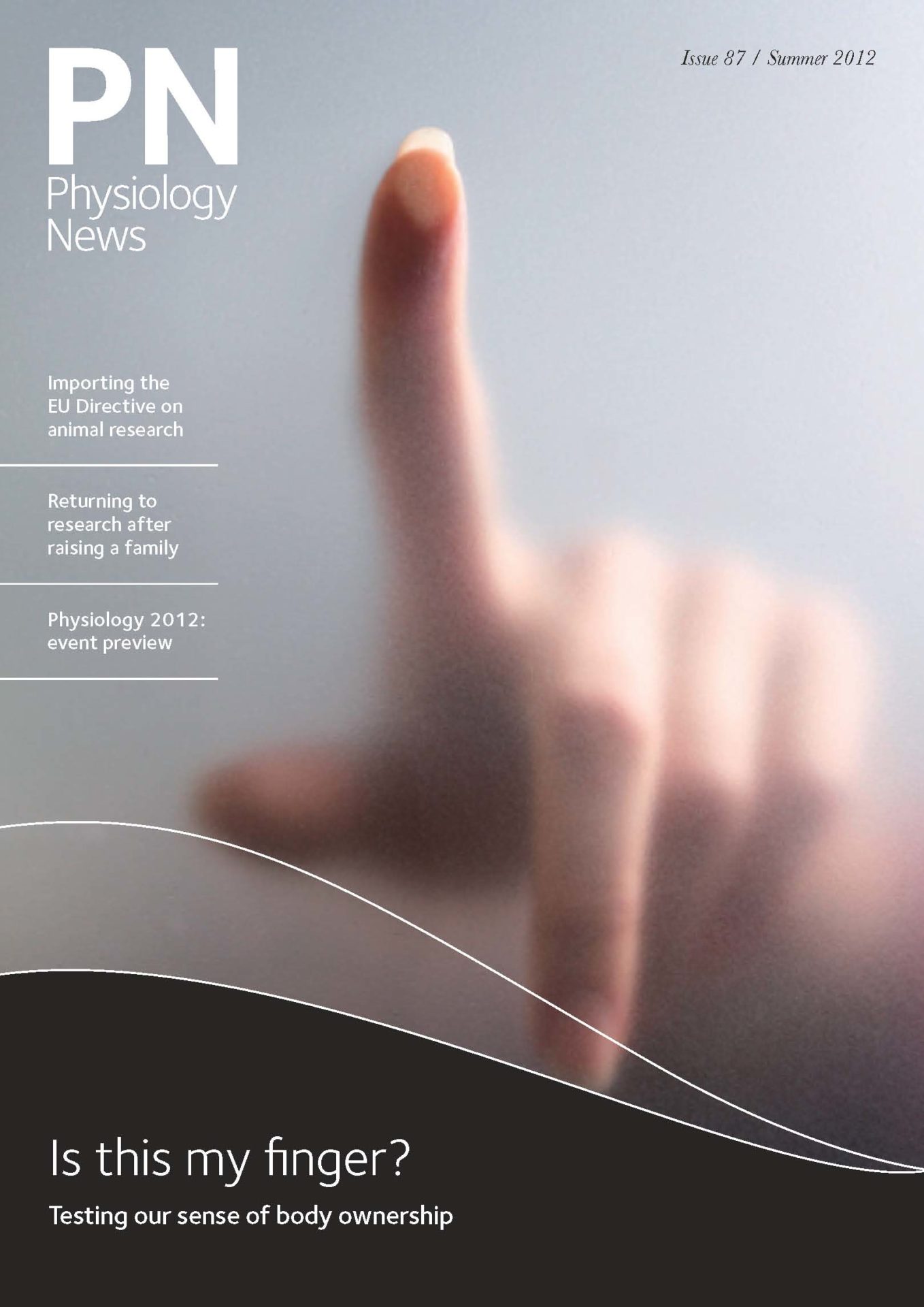
Physiology News Magazine
Obituary: Rolf Niedergerke
1921–2011
Membership
Obituary: Rolf Niedergerke
1921–2011
Membership
Hans-Christoph Lüttgau & David Miller
https://doi.org/10.36866/pn.87.44

Rolf Niedergerke, a pioneer of cardiac muscle physiology and co-discoverer of the sliding filament mechanism, died in December 2011. Born in Mülheim an der Ruhr, Germany, Rolf studied medicine throughout the War, receiving his MD in 1945. From 1947, at Göttingen, he researched the electrical activity of nerves and then, in Bern, he learned from Robert Stämpfli how to dissect single myelinated fibres. He studied threshold and rheobase effects in nodes of Ranvier (with Stämpfli and Eduard Coraboeuf).
Stämpfli recommended Rolf to Andrew Huxley, then in Cambridge, as the ideal partner to dissect single muscle fibres and operate a complex set-up involving the interference microscope constructed by Huxley to study living skeletal fibres. They showed that the anisotropic (‘A’) striation bands do not change length during muscle shortening or stretch. They postulated that actin and myosin filaments must slide alongside one another during contraction. Uncovering the sliding filament mechanism triggered a revolution in muscle research and, ultimately, for cell motility overall.
In 1955, Rolf reported how electrophoretic injection of Ca2+ into skeletal fibres provoked localised shortening, implying a Ca-specific link to contraction. Never published in detail, these pioneering findings were neglected, but signalled Rolf´s new field – Ca2+ and muscle activation. Later that year, he joined the Biophysics Department, University College London, and shifted his interest to cardiac muscle. He recorded action potentials (APs) and tension from frog ventricle and defined the tension–voltage relationship employing high-K+-induced depolarisation.
In 1956, Hans-Christoph Lüttgau joined Rolf at UCL. Together they quantified the antagonistic effects of Ca2+ and Na+ on contractility as a function of the quotient [Ca2+]/[Na+]2. They suggested Ca2+ and Na+ attach to membrane sites that, even when combined with either ion, bear net charge, move within the membrane during the AP and, when Ca bound, promote contraction. Utilising 45Ca-tracer, Rolf showed (with EJ Harris) that this mechanism evokes net Ca uptake at increased [Ca2+]/[Na+]2. These results established fundamental features of the Ca2+–Na+ exchange mechanism.
As the senior author, Rolf was invited to several heart meetings but invariably declined – with characteristic reticence – to promote his fundamental discoveries, to the regret of those keen to promote his career.
In the mid-1960s, with Dick Orkand, Rolf focused on the AP, concluding that Ca2+ must be a current carrier. Then, with Reg Chapman, he reported the kinetic responses of frog heart to Ca2+ and heart rate, combining his ideas from tracer work with the role of Ca stores in EC coupling. His 1977 paper (with Davids Gadsby and Ogden) addressed the electrogenic Na+ pump in skeletal fibres. Collaborating with Sally Page, Rolf advanced radioactive tracer methods and deployed cardiac ultrastructure to underpin their interpretation of the actions of adrenaline and ATP.
Rolf published fewer than fifty papers in his long career. This might seem a modest total nowadays. However, ten studies have been cited more than 100 times. Surely, a strong case can be made that his ground-breaking discoveries on cellular Ca2+ and muscle contraction were far more influential than even this impressive citation rate attests.
Rolf was elected a Member in 1959 and an Honorary Member in 1987.
An extended version of this article is available online at: www.physoc.org/late-members
